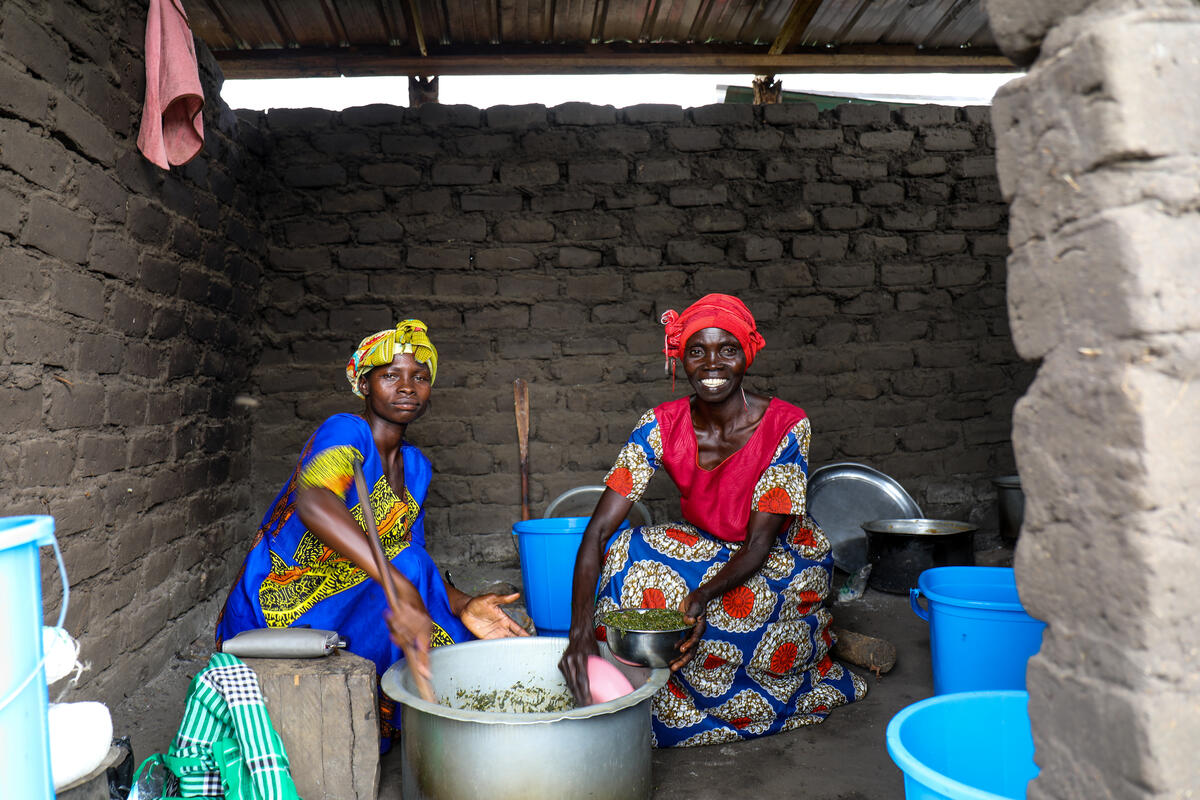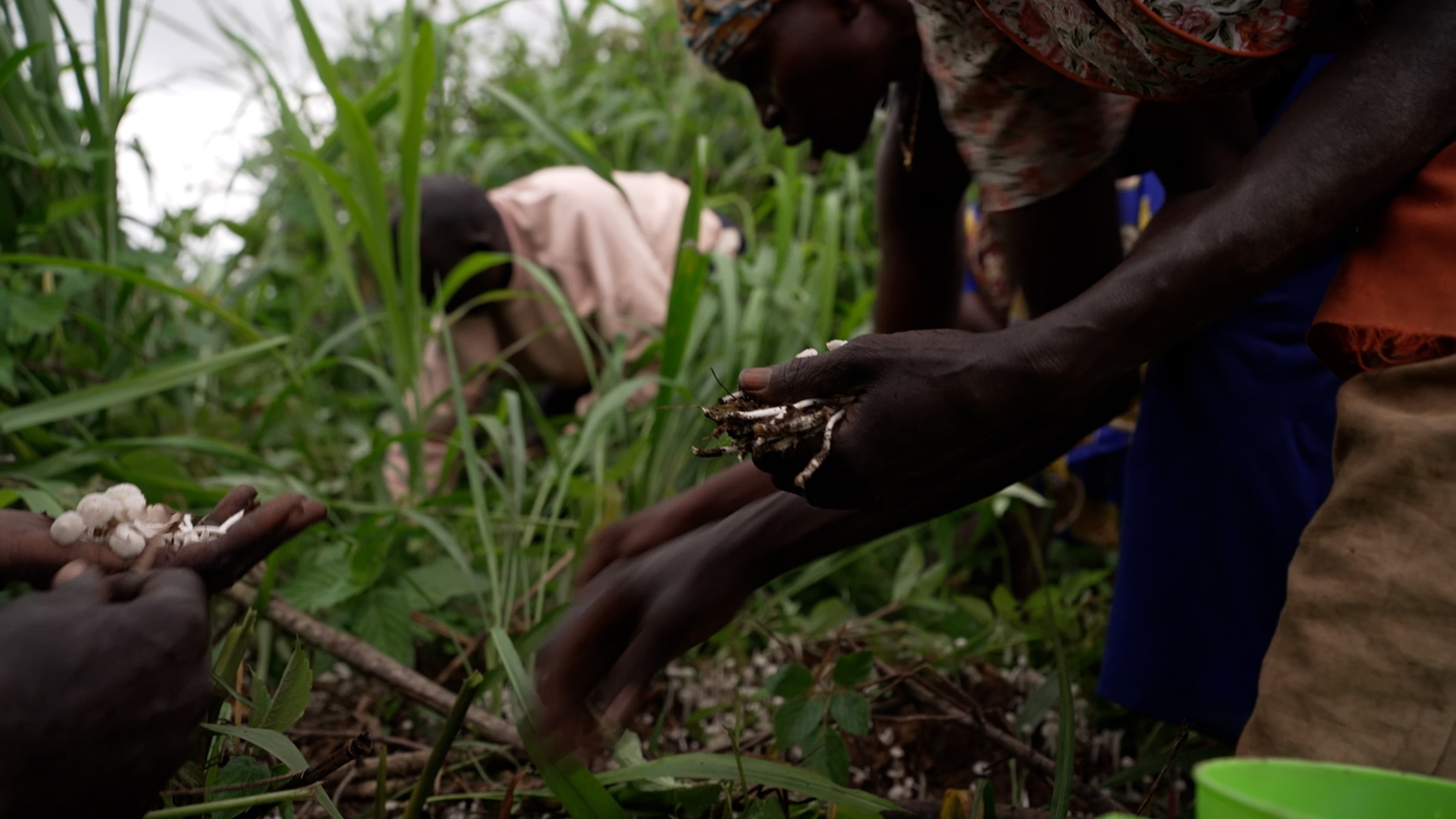Aiming for the skies, refugee girl must first finish school
Aiming for the skies, refugee girl must first finish school

KULE REFUGEE CAMP, Ethiopia – Before the war came and she and her family fled, Nyahok Reath loved watching United Nations aid planes taking off from the airport near her home in South Sudan.
The 13-year-old decided she would do all she could to become a pilot. "I would like to go to different parts of the world, and help people in need," said Nyahok, who is in primary school in the refugee camp in Gambella, Ethiopia where she now lives.
She certainly has the determination, and her teacher says she could make the grades. But along with the other 127,500 refugee children in Gambella, a lack of funding for full education means that her dreams may never take flight.
Currently, UNHCR and its partners can only teach up to ninth grade, the first year of secondary school, in the two high schools at which most new arrivals here enrol. Without tenth, eleventh, or twelfth grades, chances of graduating are slim.
At home in Nasir, in South Sudan's Upper Nile State, Nyahok was among the new generation enjoying school as her country settled into peace after decades of civil war. Her favourite subjects were maths and science, she said.
Then in December 2013, conflict re-ignited. "There was killing everywhere. Nobody was safe," said Nyahok, who trekked with her family for a week with little food to Ethiopia and Kule refugee camp, one of six in the Gambella region.
Now, it is hard to keep the momentum of her schooling going. Already, less than half the camp's children are in class, and overcrowding means sometimes five pupils squeeze together at one desk. Basic buildings do little to deflect the 40-degree heat. Classes of 150 students are not uncommon.
Lim Bol Thong, Nyahok's school vice-principal, lists the obstacles standing in his pupils' paths. "We have no library, no textbooks, some students do not have uniforms, shoes, or lamps to study at night," he said. "We lack teachers, and we have to divide the school to teach in morning and afternoon shifts."
Nonetheless, he adds proudly, all but one of the 471 South Sudanese refugee children who sat Ethiopia's primary exams last year passed. Despite the challenges, his school ranked second in Gambella, and he refuses to be deterred.
"When I think about serving people, it really excites me," he said in a video interview. "Because as much as I serve people, it means my community will grow up. And I will produce more people to serve other people."
Jael Shisanya, an education officer with UNHCR at the camp, estimated US$1 million is needed to expand at least one of the secondary schools to a full four years. That would have benefits beyond simply education.
"These are adolescents: boys are at risk of being recruited into armed groups, girls face early marriage," Shisanya said. "Staying in school would protect them, provide continuity to education already begun, and later provide a livelihood."
Nyahok is lucky because her parents support her ambitions. There is no hurry for her to marry, her mother Nyanchiok said: "If she is educated, that will help the family more".
"My daughter is very intelligent," said Reath Kun Keat, her father. "She is always taking the top positions in class. I want her to become a medical doctor, although she would like to become a pilot. I won't stop her."
But today Nyahok's mind is filled less with thoughts of her future, and more with memories of the past and worries about the present.
"In South Sudan, we had enough to eat, school was good, and we had a lot of cows. But we left everything and fled," she said, fighting back tears. "As refugees, we do gardening to get some money, but sometimes I think about issues with food, and even go to school barefoot."
UNHCR and its partners are helping more than 270,000 South Sudanese refugees living around Gambella, including more than 220,000 who arrived since the conflict erupted again in South Sudan in December 2013.
Angele Djohossou, who heads UNHCR's sub-office in Gambella, said requests had been made for extra money to pay for more schooling, but added that, "secondary education remains a huge gap."
If that gap was closed, tens of thousands of young South Sudanese, including Nyahok, could once again see their dreams take flight.









